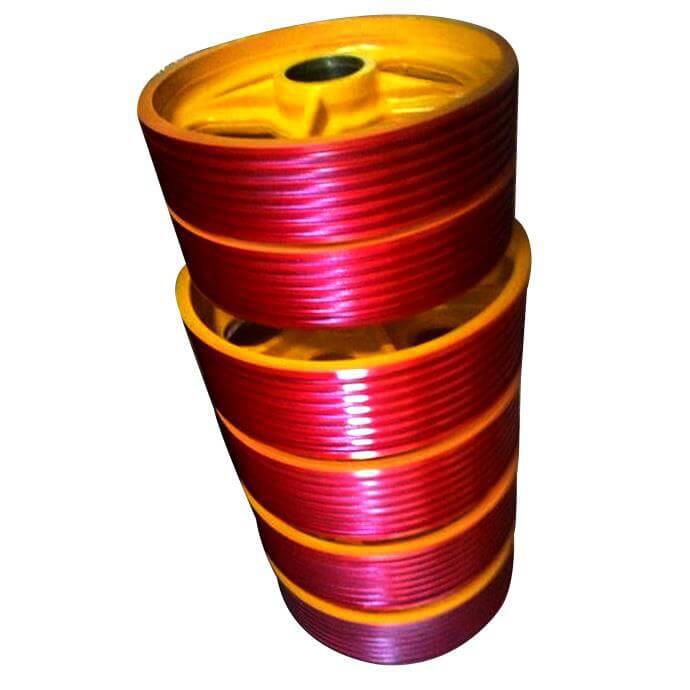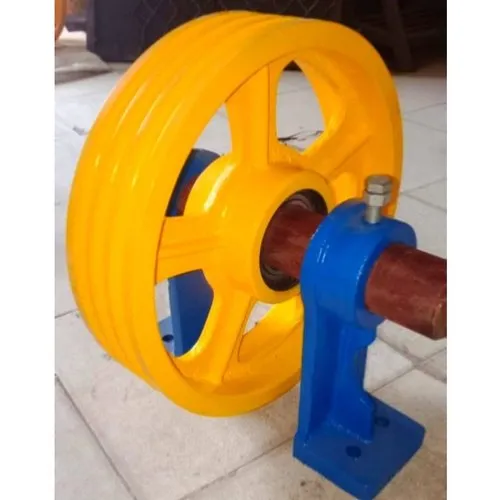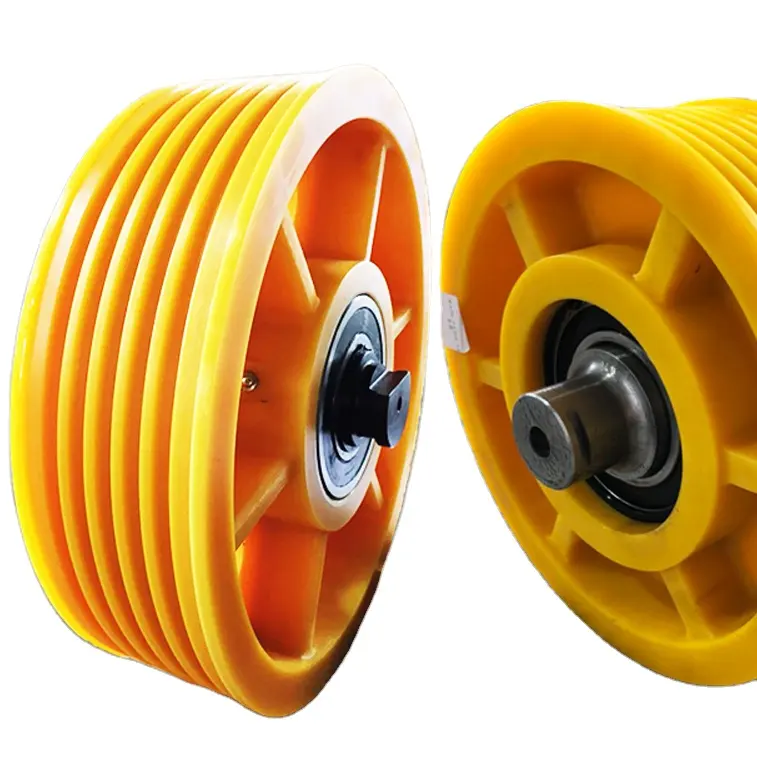Product Description
| Material | Aluminium |
| Weight | 120g |
| Breaking strength | 30kN |
| Rope compatibility | ≤13mm |
| Length | 79mm |
| Width | 58mm |
HangZhou Zoutianya Rope Industry Co., Ltd. was established in 2008 and is located in HangZhou with convenient transportation access. We are a professional manufacturer engaged in the research, development, production, sale and service of equipment for mountain sports and work at height such as ropes, Carabiners, harnesses, descenders, ascenders, pulleys, safety nets, fall arresters, etc. Strict quality control is performed in every procedure from material sourcing, processing and testing to packing, Dedicated to our thoughtful customer service, our experienced staff members are always available to discuss your requirements and ensure full customer satisfaction. In recent years, our company has introduced and updated a series of advanced production equipment including braiding machines, twisting machines, autoclaves, etc. We now produce millions of CHINAMFG of climbing rope every year and are proud to be able to say that all our ropes fulfil the stringent international quality standard. In addition, we have obtained C E, U I A A and I S O 9 0 0 1 certificates which is an expression of our more than 10 years professional textile expertise. Selling well in all cities and provinces around China, our products are also exported to clients in such countries and regions as Europe, America, Australia and Southeast Asia. We also welcome OEM and ODM orders. Whether selecting a current product from our catalog or seeking engineering assistance for your application, you can talk to our customer service center about your sourcing requirements.
/* January 22, 2571 19:08:37 */!function(){function s(e,r){var a,o={};try{e&&e.split(“,”).forEach(function(e,t){e&&(a=e.match(/(.*?):(.*)$/))&&1
| Type: | Pulleys |
|---|---|
| Season: | Winter, Autumn, Summer, Spring |
| Application: | Outdoor, Indoor |
| Usage: | Entertainment, Racing, Rescue |
| Age Group: | Adult, Children |
| Gender: | Unisex, Women, Men |
| Samples: |
US$ 11.56/Piece
1 Piece(Min.Order) | |
|---|
| Customization: |
Available
| Customized Request |
|---|
What is the significance of compliance with safety standards when using lifting pulleys?
Compliance with safety standards is of utmost importance when using lifting pulleys. Adhering to safety standards ensures the well-being of workers, prevents accidents, and promotes a safe working environment. Here are the key reasons why compliance with safety standards is significant:
1. Worker Safety: Safety standards provide guidelines and regulations designed to protect workers from potential hazards associated with lifting operations. Compliance with these standards helps minimize the risk of accidents, injuries, and fatalities. By following safety procedures and using lifting pulleys in accordance with established standards, workers are less likely to be exposed to dangerous situations.
2. Risk Mitigation: Safety standards are developed based on extensive research, industry best practices, and lessons learned from past incidents. They address potential risks and provide specific measures to mitigate those risks. Compliance with safety standards reduces the likelihood of equipment failure, load instability, and other hazardous situations that can lead to accidents and injuries.
3. Legal and Regulatory Compliance: Many jurisdictions have specific safety regulations and standards that must be followed in lifting operations. Compliance with these legal requirements is essential to avoid penalties, fines, and legal liabilities. It also demonstrates a commitment to responsible and ethical business practices.
4. Industry Reputation: Compliance with safety standards enhances an organization’s reputation within the industry. It demonstrates a commitment to the well-being of workers and a dedication to maintaining high safety standards. Clients, partners, and stakeholders are more likely to trust and engage with companies that prioritize safety compliance.
5. Insurance and Liability: Non-compliance with safety standards may invalidate insurance coverage or result in higher insurance premiums. Insurance providers often require organizations to demonstrate compliance with safety regulations to ensure adequate risk management. Compliance with safety standards reduces the potential for accidents and liability claims, contributing to more favorable insurance terms.
6. Continuous Improvement: Safety standards are regularly updated to incorporate new knowledge, technologies, and industry trends. Compliance with these standards encourages organizations to stay current with the latest safety practices and continuously improve their lifting operations. It fosters a culture of safety awareness and encourages proactive measures to enhance safety and prevent incidents.
7. Effective Risk Assessment: Safety standards provide guidelines for conducting comprehensive risk assessments in lifting operations. Compliance ensures that potential hazards are identified, assessed, and managed effectively. It enables organizations to implement appropriate control measures, such as selecting the right lifting pulleys, using suitable lifting techniques, and providing necessary training and personal protective equipment.
8. Worker Empowerment: Compliance with safety standards empowers workers by providing them with a safe and secure environment to carry out their tasks. It promotes a safety-conscious culture and encourages workers to actively participate in safety programs, report hazards, and suggest improvements. When workers feel valued and protected, their morale, productivity, and overall well-being are positively impacted.
By complying with safety standards when using lifting pulleys, organizations prioritize the safety and welfare of their workers, mitigate risks, ensure legal compliance, enhance their reputation, and foster a culture of safety. It is a vital aspect of responsible and efficient lifting operations.
How are lifting pulleys customized for specific lifting requirements and load capacities?
Lifting pulleys can be customized to meet specific lifting requirements and accommodate different load capacities. Manufacturers offer various customization options to ensure that the pulleys are tailored to the specific needs of the lifting application. Here are some common ways in which lifting pulleys are customized:
1. Load Capacity: Lifting pulleys are designed and manufactured to handle different load capacities. Manufacturers specify the maximum load capacity of each pulley, allowing users to select the appropriate pulley based on their specific lifting requirements. Pulleys can be customized to support light loads, heavy loads, or even extreme loads encountered in specialized lifting applications.
2. Sheave Size and Configuration: The sheave, or the wheel of the pulley, can be customized in terms of size and configuration. Larger sheave diameters provide a greater mechanical advantage, allowing for easier lifting of heavy loads. Manufacturers offer pulleys with different sheave sizes and configurations, such as single sheave, double sheave, or multiple sheaves in a block, to accommodate various lifting needs.
3. Material Selection: The choice of material for the pulley can be customized based on factors such as load capacity, environmental conditions, and industry requirements. Different materials, such as steel, cast iron, aluminum, brass, nylon, plastic, or composite materials, offer varying properties in terms of strength, durability, weight, corrosion resistance, and more. Manufacturers select the appropriate material or combination of materials to ensure that the pulley meets the desired specifications.
4. Bearing Type: Lifting pulleys can be customized with different bearing types to optimize performance and efficiency. Common bearing options include plain bearings, ball bearings, or roller bearings. The choice of bearing type depends on factors such as load capacity, speed, noise requirements, and maintenance considerations. Customizing the bearing type allows for smoother rotation of the pulley, reducing friction and improving overall lifting performance.
5. Mounting Options: Lifting pulleys can be customized with various mounting options to suit different installation requirements. Manufacturers offer pulleys with different mounting configurations, such as fixed mount, swivel mount, or combination mounts, allowing users to select the most suitable option for their specific lifting setup.
6. Special Features: Depending on the specific lifting requirements, lifting pulleys can be customized with special features or accessories. For example, pulleys used in high-temperature environments may have heat-resistant coatings or materials. Pulleys used in corrosive environments may have protective coatings or be made from corrosion-resistant materials. Manufacturers can also incorporate features such as locking mechanisms, integrated lubrication systems, or specialized designs to address unique lifting challenges.
By offering customization options in load capacity, sheave size and configuration, material selection, bearing type, mounting options, and special features, manufacturers ensure that lifting pulleys can be adapted to specific lifting requirements and load capacities. This customization allows users to optimize the performance, efficiency, and safety of their lifting operations.
How do lifting pulleys contribute to the smooth and controlled lifting of heavy loads?
Lifting pulleys play a crucial role in achieving smooth and controlled lifting of heavy loads. They provide mechanical advantage and facilitate the efficient transfer of force, allowing operators to lift heavy objects with reduced effort and improved control. Here are several ways in which lifting pulleys contribute to smooth and controlled lifting:
1. Mechanical Advantage: Lifting pulleys employ the principle of mechanical advantage to make lifting heavy loads easier. By using multiple sheaves or wheels, they distribute the load over several ropes or cables. This distribution of load reduces the amount of force required to lift the load. The mechanical advantage provided by lifting pulleys allows operators to exert less force while achieving the desired lifting outcome.
2. Reduction of Friction: Lifting pulleys are designed to minimize friction between the rope or cable and the pulley itself. They often feature smooth, rounded grooves or ball bearings, which reduce the contact area and frictional forces. By reducing friction, lifting pulleys enable smoother movement of the lifting medium, such as a rope or cable, resulting in a more controlled lifting process.
3. Change of Direction: Lifting pulleys allow for changes in the direction of the lifting force. By redirecting the force at different angles, pulleys enable lifting from various positions, even in confined spaces. This capability enhances flexibility and control during lifting operations, allowing operators to maneuver heavy loads with precision.
4. Force Amplification: Lifting pulleys amplify the input force applied by the operator. As the force is transmitted through the pulley system, the load experiences increased lifting force. This force amplification can be particularly beneficial when dealing with heavy loads that would require excessive force to lift without the mechanical advantage provided by the pulleys.
5. Controlled Speed: Lifting pulleys offer control over the lifting speed. By adjusting the tension and angle of the ropes or cables, operators can regulate the rate at which the load is lifted or lowered. This control is crucial for delicate or sensitive loads that require careful handling and precise positioning.
6. Stability and Safety: Lifting pulleys contribute to the stability and safety of lifting operations. They help to evenly distribute the load, reducing the risk of imbalance or tipping. Additionally, the mechanical advantage provided by the pulleys allows for smoother and more controlled movements, minimizing the likelihood of sudden jolts or jerks that could compromise the safety of the load, equipment, or personnel involved.
By utilizing mechanical advantage, reducing friction, enabling changes in direction, amplifying force, providing controlled speed, and enhancing stability and safety, lifting pulleys significantly contribute to the smooth and controlled lifting of heavy loads. Their design and functionality make them indispensable tools in various industries where material handling and lifting operations are essential.
editor by CX
2024-04-16




